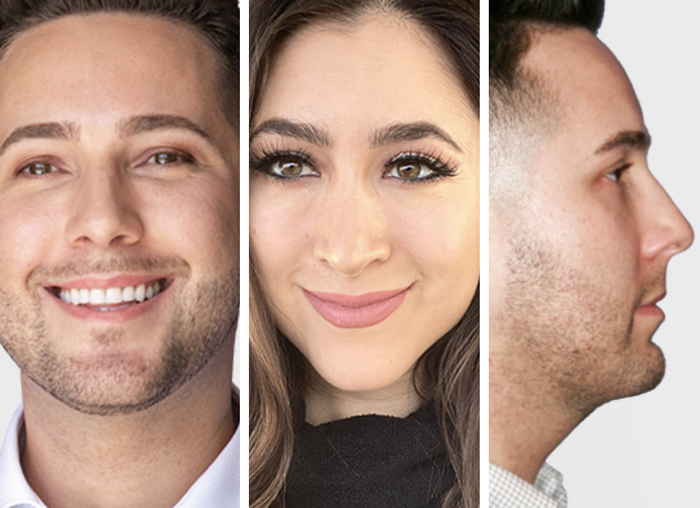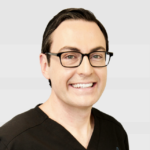Many patients seek a change to the shape or volume of their upper cheek area (“cheekbone”, also known as the zygoma or malar eminence), alone or in combination with other aesthetic enhancements such as blepharoplasty (eyelid lift) or rhytidectomy (facelift or neck lift). In most cases, the desired procedure is cheek augmentation (enlargement).
Cheek implants may be placed via an incision inside the mouth, between the gums and the upper lip and cheek, or via a lower eyelid incision. This choice is made based on the size of the implant and whether other surgical procedures are being performed concurrently; when no surgery is being performed on the lower eyelid, a trans-oral (by mouth) approach is selected to avoid external incisions. Modern cheek implants come in many sizes and shapes and can vary in design to include only the upper cheek (malar implants) or the upper and middle cheek (combined malar-submalar implants).
Our Operating Room
Another variety of implant sits directly on the lower orbital rim (eye socket), and provides volume enhancement in the region of the lower eyelid.Indications for implant placement in this area are rare.
Explore our
Patient Gallery
*Actual patients in photos

Selection of the proper type and size of cheek implant requires a detailed conversation with your surgeon, including analysis of patient photographs or computer-enhanced imaging, and examination of implant types and sizes. Dr. Ransom always dedicates a significant amount of time to this pre-operative discussion, as he believes it is crucial to a successful aesthetic outcome.
Cheek or malar implant surgery can be performed under light sedation and may accompany other cosmetic or reconstructive procedures. Cheek implants can be an excellent complement to blepharoplasty (eyelid lift) or facelift (rhytidectomy) and neck lift surgery. With subtle increases in the projection of the malar region or changes in the shape and contour of the cheeks, significant improvements in the harmony between facial areas can be achieved. Dr. Ransom and his patients select from the most up-to-date implant designs to provide a modern aesthetic augmentation, avoiding extreme changes or unnatural shapes. He uses only biocompatible Silastic (silicone-based) implants, which have the lowest rate of complications of all the available materials.
Who is a candidate?
Anyone who desires increased projection or fullness in the upper cheek area may be a candidate for cheek implants. Cheek implants may be placed as a stand-alone procedure or combined with other aesthetic or reconstructive surgeries. In some cases, cheek implants may be used to camouflage defects from previously healed trauma, including fractures of the maxilla (upper jaw bone) and zygoma. The key to any facial implant surgery is identifying the most appropriate size and shape of the implant – to achieve the greatest aesthetic enhancement, while still looking natural. Dr. Ransom will work closely with you throughout this process.
Frequently Asked Questions
Please note that all patients are different and individual healing times and results may vary. The statements regarding procedures and recovery made here are general rules.
Do cheek implants lift face?
How are cheek implants inserted?
How can I build up my cheeks?
How long do facial implants last?
How long does it take for the cheek implant to become fixed in place?
How much does cheek augmentation cost?
Dr. Evan Ransom is an Ivy League-educated and Ivy League trained Facial Plastic and Reconstructive Surgeon. He is a Double Board Certified Head and Neck Surgeon and Facial Plastic and Reconstructive Surgery and fellowship-trained in facial plastic, reconstructive, and laser surgery. His practice is in the San Francisco Bay Area, serving patients from San Francisco, Oakland, Marin County, Palo Alto, Silicon Valley, Walnut Creek, the East Bay, and all over Northern California.
 (415) 550-1077
(415) 550-1077 San Francisco
San Francisco




